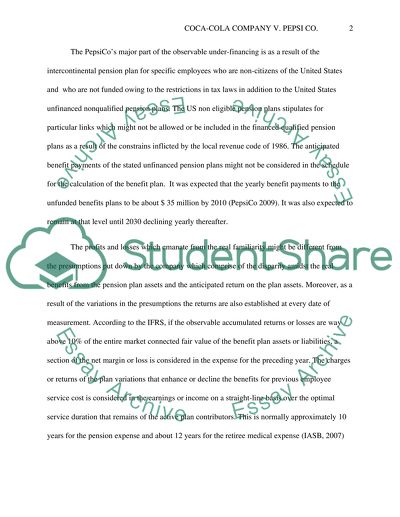Cite this document
(“Coca-Cola Company vs. PepsiCo, Inc Research Paper”, n.d.)
Retrieved from https://studentshare.org/finance-accounting/1456245-coca-cola-company-vs-pepsico-inc
Retrieved from https://studentshare.org/finance-accounting/1456245-coca-cola-company-vs-pepsico-inc
(Coca-Cola Company Vs. PepsiCo, Inc Research Paper)
https://studentshare.org/finance-accounting/1456245-coca-cola-company-vs-pepsico-inc.
https://studentshare.org/finance-accounting/1456245-coca-cola-company-vs-pepsico-inc.
“Coca-Cola Company Vs. PepsiCo, Inc Research Paper”, n.d. https://studentshare.org/finance-accounting/1456245-coca-cola-company-vs-pepsico-inc.


